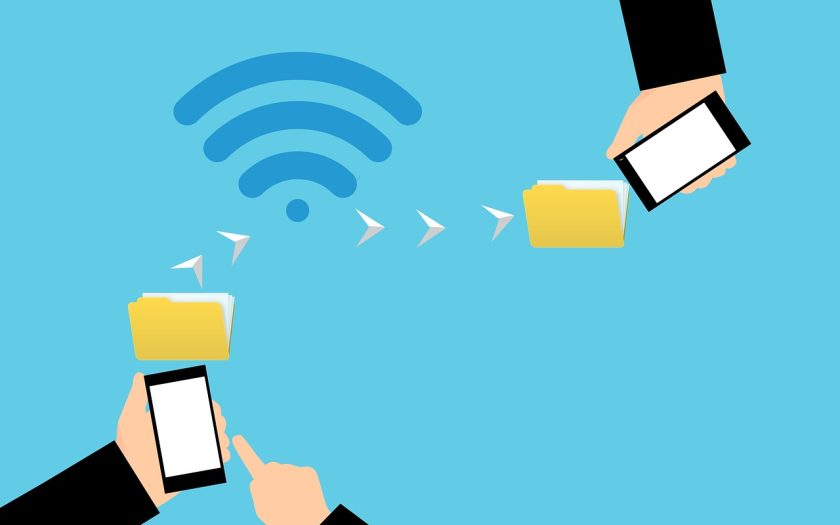In today’s fast-paced world, technology constantly evolves to make our lives easier, more connected, and increasingly efficient. Among these innovations NFC technology is Near Field Communication (NFC), a technology that is becoming increasingly ubiquitous in our daily lives. From contactless payments to smart homes, NFC is reshaping how we interact with the world around us. But what exactly is NFC, and why is it so significant?
What is NFC?
Near Field Communication (NFC) is a short-range wireless communication technology that allows devices to exchange data when they are brought within close proximity—typically within a few centimeters. Developed from radio-frequency identification (RFID) technology, NFC operates at a frequency of 13.56 MHz and can transfer data at speeds of up to 424 kbit/s.
NFC works in three modes:
- Reader/Writer Mode: Allows devices to read data from NFC tags, which can store information like URLs or product details.
- Peer-to-Peer Mode: Enables two NFC-enabled devices to exchange data, such as contact information or files.
- Card Emulation Mode: Lets an NFC device, like a smartphone, act as a contactless card for transactions or access control.
How is NFC Used Today?
NFC has a broad range of applications, and its use is growing rapidly across various industries:
- Contactless Payments: Perhaps the most recognized use of NFC is in contactless payment systems like Apple Pay, Google Wallet, and Samsung Pay. By simply tapping their phone or NFC-enabled card on a payment terminal, users can make secure transactions without needing cash or even a physical card.
- Access Control and Security: NFC is increasingly used for secure access to buildings, hotel rooms, and vehicles. NFC-enabled smart locks and keys provide a higher level of security and convenience, replacing traditional keys or key cards.
- Smart Tags: NFC tags can be embedded in products, posters, or business cards, allowing users to tap their devices to access additional information, such as websites, instructions, or promotional content. This is particularly useful in marketing, where brands can create interactive and engaging experiences.
- Public Transport: Many cities worldwide have adopted NFC technology for their public transport systems. Commuters can tap their NFC-enabled devices or cards on terminals to pay for rides, streamlining the boarding process and reducing the need for physical tickets.
- Healthcare: In healthcare, NFC is used for patient monitoring, drug administration, and managing medical records. NFC-enabled devices can ensure that the right patient receives the correct medication, improving accuracy and reducing errors.
The Benefits of NFC
- Convenience: NFC’s primary advantage is convenience. The ability to perform transactions, exchange data, or gain access by simply tapping a device is unparalleled in its simplicity.
- Security: NFC transactions are encrypted, and additional layers of security, like biometric authentication, can be added, making it a secure option for sensitive operations like payments.
- Energy Efficiency: NFC requires very little power, which is particularly beneficial for mobile devices and tags that do not have their own power source.
- Interoperability: NFC works with existing contactless infrastructures, allowing for easy integration with current systems.
Challenges and Future Outlook
While NFC technology offers many benefits, it’s not without challenges. The most significant is the limited range, which requires devices to be in very close proximity, sometimes making it less convenient than other wireless technologies. Moreover, the initial cost of NFC-enabled devices and infrastructure can be high, posing a barrier to adoption in some regions.
Looking ahead, NFC technology is poised to become even more integral to our lives. As more devices become NFC-enabled, and as the Internet of Things (IoT) continues to grow, we can expect to see NFC used in increasingly innovative ways. From smart homes to advanced healthcare solutions, NFC will likely play a key role in shaping the future of our connected world.
Conclusion
NFC technology is more than just a buzzword; it’s a critical component of the digital landscape, providing a seamless and secure way to interact with the world around us. As its applications continue to expand, NFC is set to revolutionize how we live, work, and play. Whether you’re tapping to pay, unlocking your door with a smartphone, or interacting with a smart tag, NFC is quietly powering the future of connectivity
